When artists move to a developing neighborhood, they are often (and arguably correctly) seen as the harbingers of gentrification. They come in while cost of living is still affordable and use their talents to beautify and activate the neighborhood. That sparks interest from developers, and then what was once a vibrant and authentic community all-too-quickly becomes cookie-cutter and overpriced, forcing the residents (and the artists) to move elsewhere and start this same cycle over. This begs the question: What can artists who move to these communities do differently as they start working?
The neighborhoods of the Near Westside in Indianapolis are some of the last remaining communities within five miles of the downtown that are still affordable for working families and individuals. Over the past five years, there has been a boom in residential and commercial development throughout the city; every street has an apartment complex or mixed-use building that is either new or under construction. The Near Westside specifically has been receiving substantial local attention for a variety of reasons, including the work of the artistic community, and it is starting to see more and more developers coming in; two family businesses were sold to outside investors within the last six months.
Robert Negron, the artistic director of Indy Convergence, a major arts organization in the area that serves to embolden and connect artists and communities from all backgrounds, has said that it’s essential for artists wishing to work in this community to be aware of the specific challenges their neighbors face and be advocates for them. Artists can help improve education, public safety, infrastructure, economics, and more for underserved communities while keeping the neighborhood accessible. But this is only possible if every stakeholder is part of the conversation and held accountable.

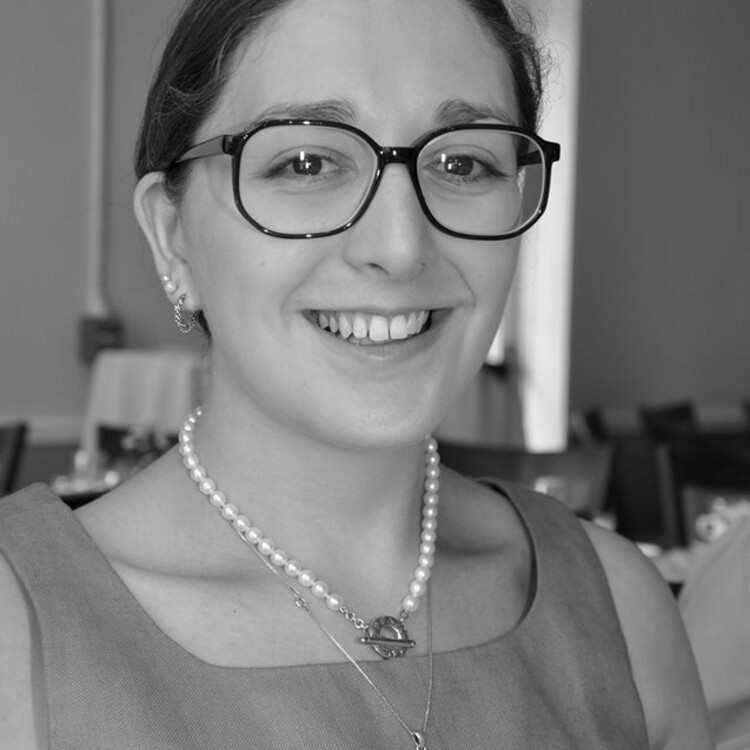
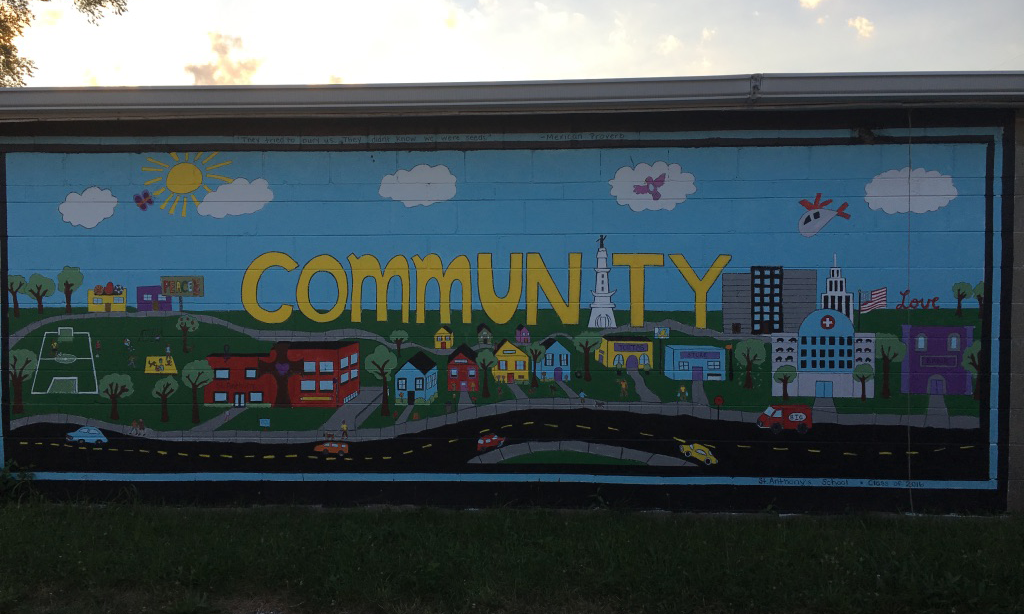
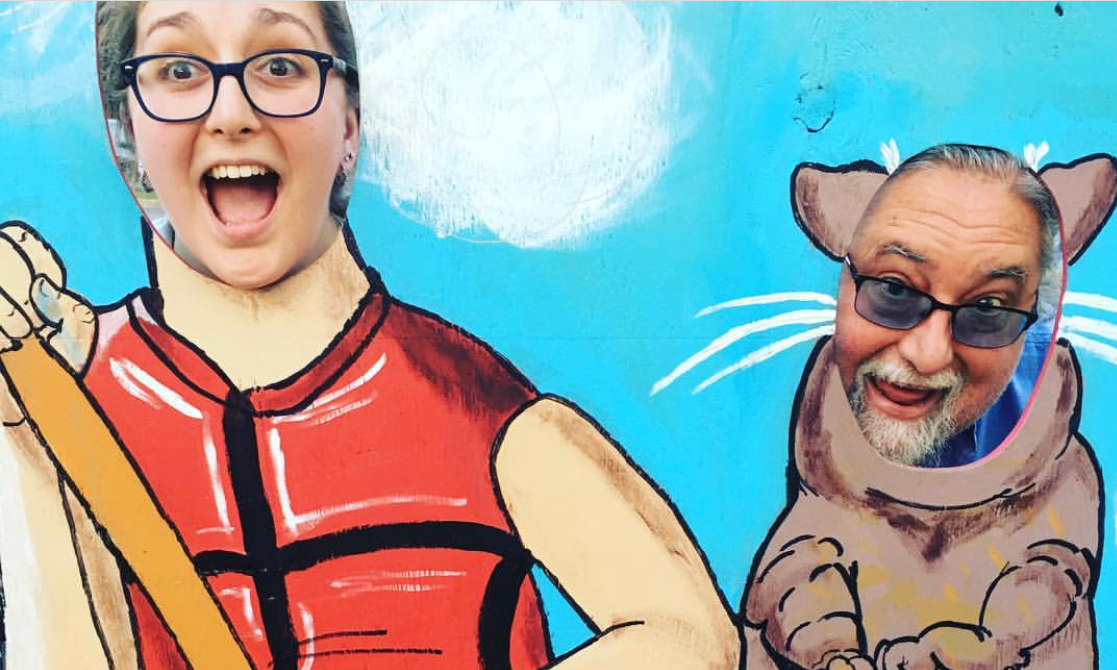

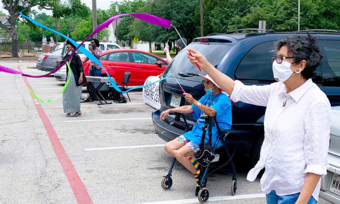

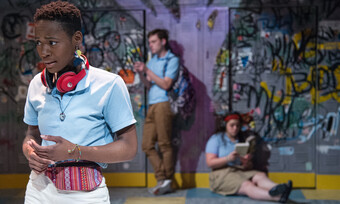


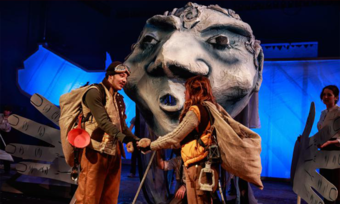

Comments
The article is just the start of the conversation—we want to know what you think about this subject, too! HowlRound is a space for knowledge-sharing, and we welcome spirited, thoughtful, and on-topic dialogue. Find our full comments policy here